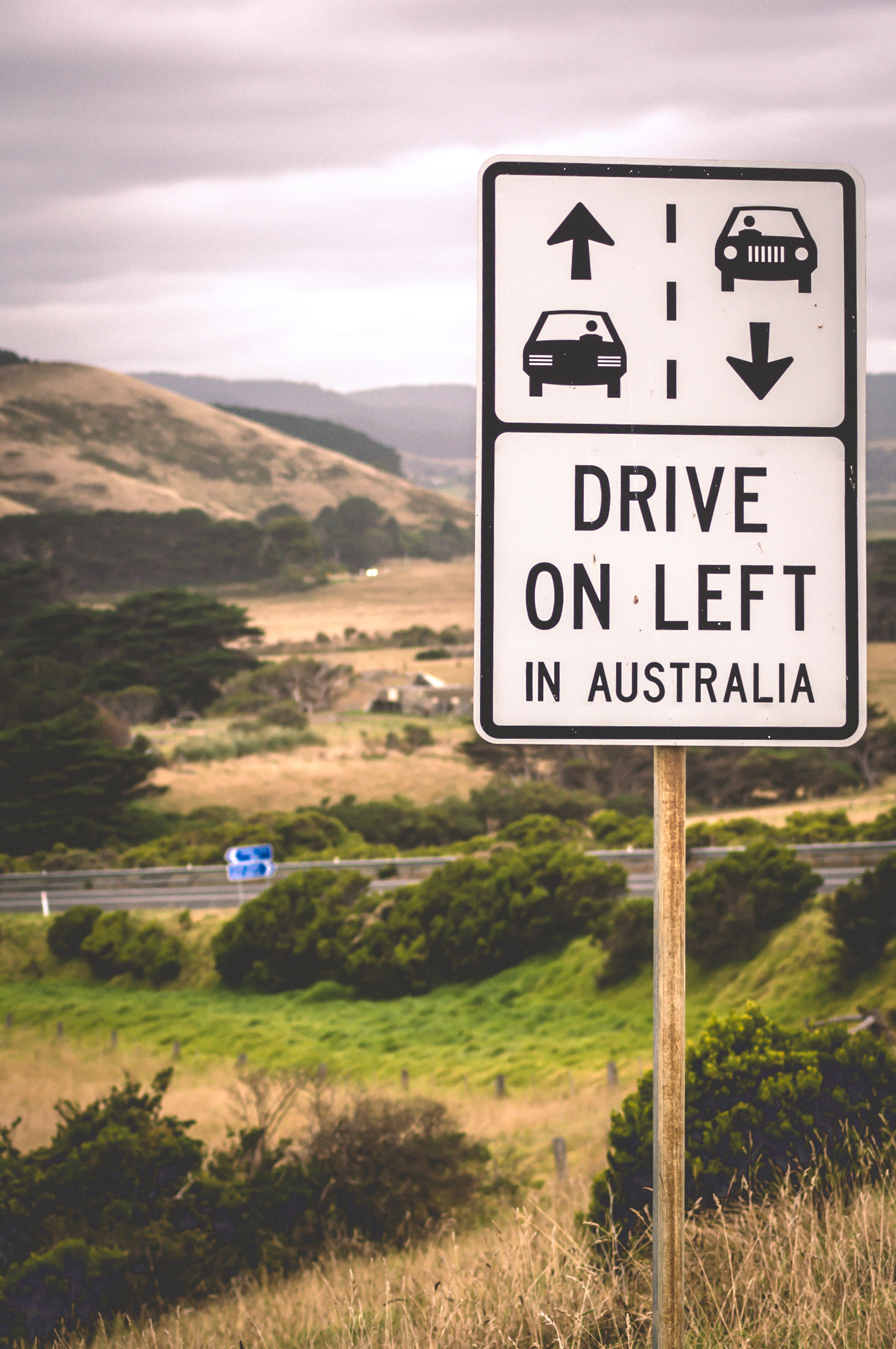
Roadkill is a big Problem Globally. Our Volunteer Ella Tarlton is now in Melbourne, Australia, and offers her perspective on what can be done to lessen the risk to animals.
We’ve all seen it. The twisted, broken bodies of animals slumped on the sides of motorways. Decaying remains of foxes, badgers and hedgehogs, reduced to nothing but matted fur and blood, mashed into the concrete. A slight swerve to avoid the mess, and we move on with our lives. Or should we? Given the alarming decline in wildlife populations, I believe it is our duty to start taking roadkill more seriously.
I currently live in Australia, where the roadkill is particularly devastating. The first time I saw a kangaroo, koala or wombat it was in the form of roadkill. I am used to seeing similar sights in England, but what saddens me is how disturbingly frequent these cases are here. Though it’s hard to find official statistics for the whole of Australia, on average 32 animals are killed on Tasmanian roads every hour. That’s over 300,000 animals per year in the small state of Tasmania alone – just imagine what this figure could be for the whole continent.
Animal collisions threaten many endangered species, such as the Tasmanian devil, the numbat, the woylie, the pygmie possum, the southern cassowary and the quokka... the list goes on and on. The problem is that roadways cut off connectivity for animals, stopping them from being able to safely migrate from one area to another. Misplaced animals have learned to adapt by moving to new territories in times of chaos, such as bushfires or drought. However in modern times, the only possible routes to safety often involve crossing numerous major roads. Apart from habitat fragmentation, roads also have a wall effect; many animals will simply refuse to migrate through such unnaturally noisy and light environments. New evidence suggests that this had led to genetic isolation, which in turn increases the risk of extinction due to inbreeding and the loss of genetic variability.
All of this may seem somewhat depressing, but fortunately there are positive measures we can take to help wildlife overcome these obstacles. Wildlife crossings are structures that allow animals to pass safely across man-made barriers. These include underpass and overpass tunnels built above or below roadways, amphibian tunnels, fish ladders, and even tree canopy bridges. All of these structures are deigned to provide semi-natural corridors that allow animals to safely cross roads, tracks and other barriers.
Here in Australia, koala tunnels and bridges have proven to be highly effective on busy roads. Highwires have also been installed for possums to cross roads, which has also proven to be very successful. In my opinion, more money and resources should be put into these ingenious crossings. Not only are they relatively cheap to construct, they also have an impressive success rate, with animals quickly adapting to use them. I would like to see more wildlife crossings up and down the country.
Until then, there are many measures you can take to reduce the risk of animal mortality on the roads:
• When you drive, be very careful, especially while turning corners. Be even more cautious between dusk and dawn, as this is when most accidents happen.
• Research your local wildlife group. Make a note of their number and have it handy so if you need to call them, you can.
• Make the most of your lights! If driving more than 80km/hr put use your high beam. If driving at 60km/hr, use low beam.
• Never throw litter out of car. This is not only bad for the environment, it can attract wildlife towards the road.
• If you see wildlife on the road, slow down and pull over to allow them to cross (if it is safe to do so.) If that’s not possible, honk at them.
If you do hit animal or spot an animal by the side of the road, stop if it is safe to do so and check if the animal is alive. If the animal is still alive, contact a wildlife rescue group in your area. Finally, be sure to move the body away from the road, as dead animals attract scavengers.

If we all took these measures to reduce the risk of collision, and increase the chances for injured animals to survive, it really would make a tangible difference. So next time you have an opportunity to save a life, think of the bigger picture and don’t just turn the other way.
